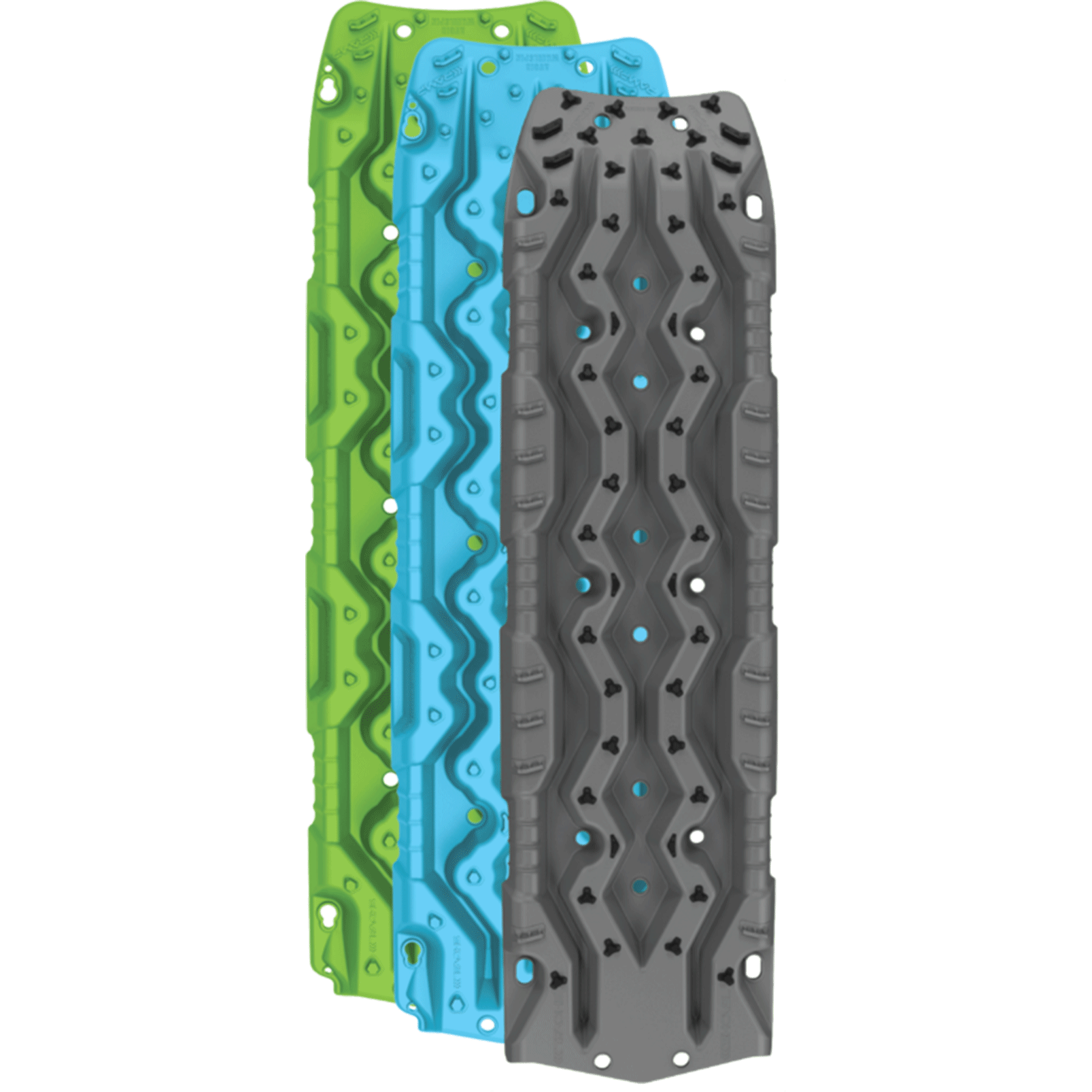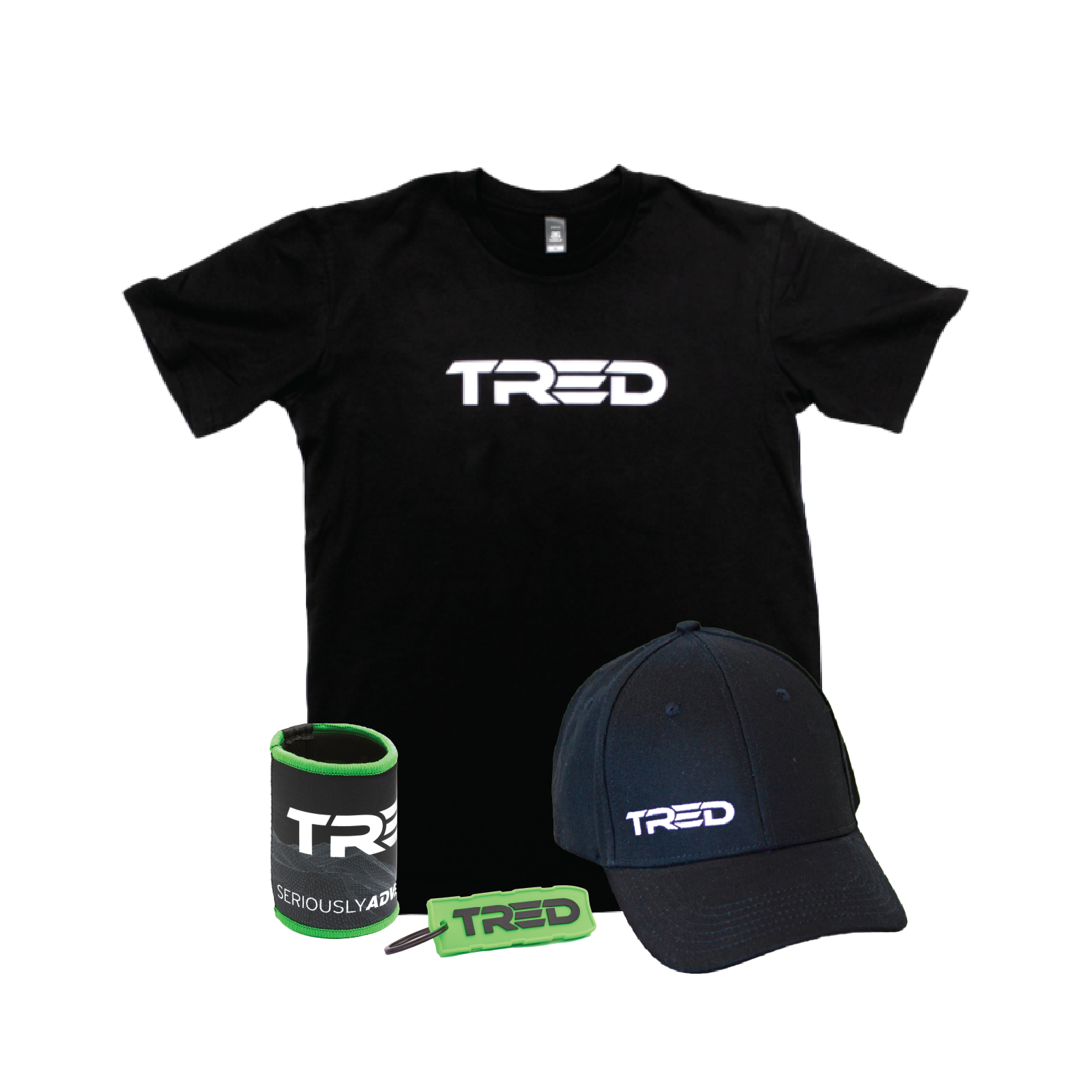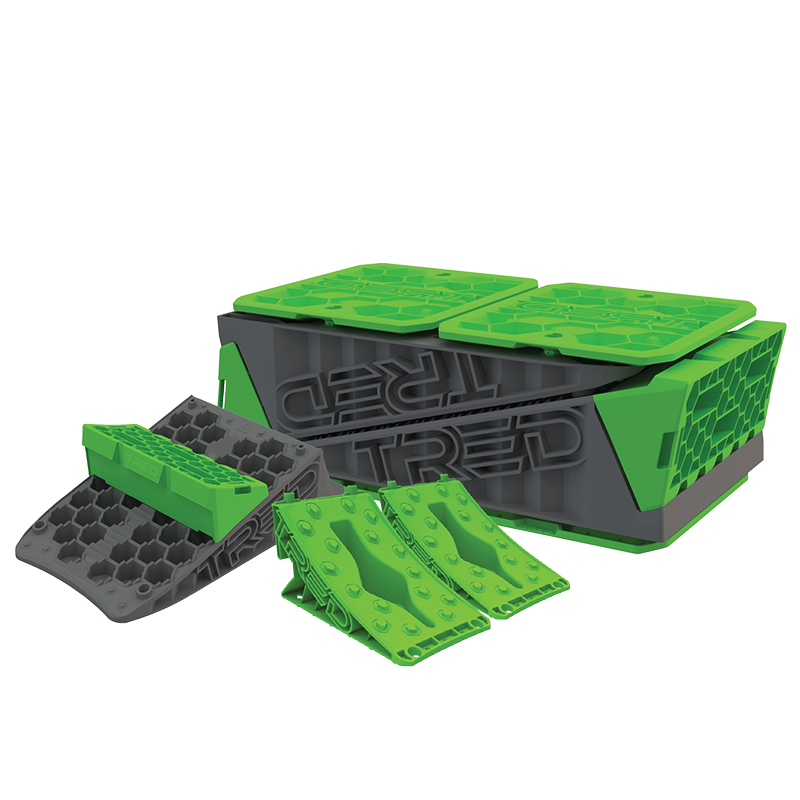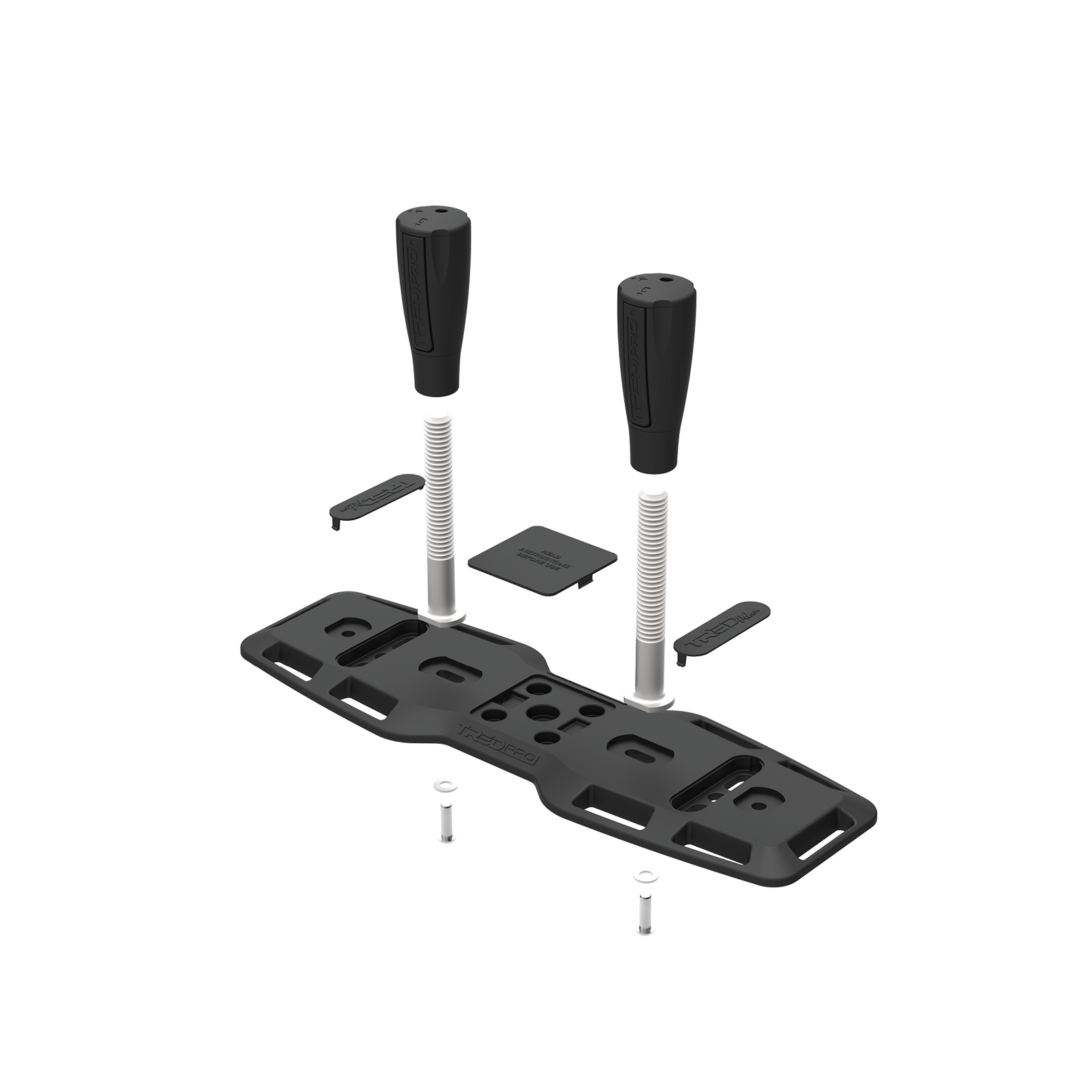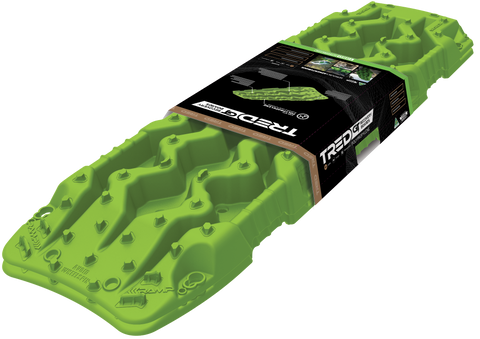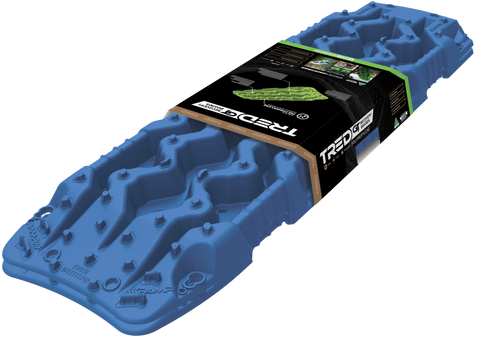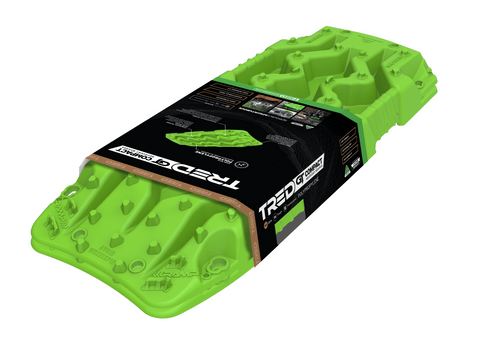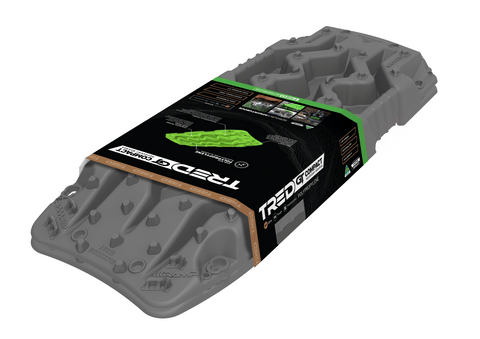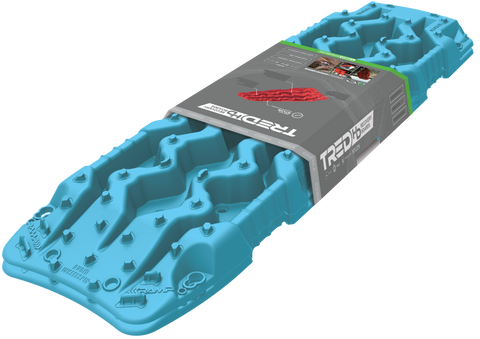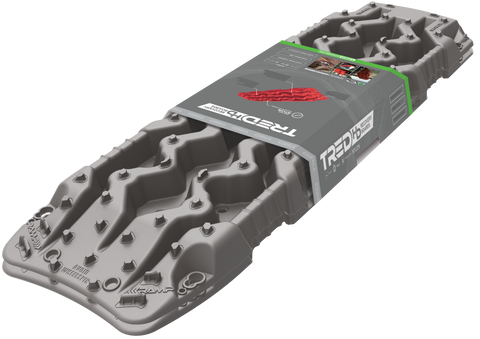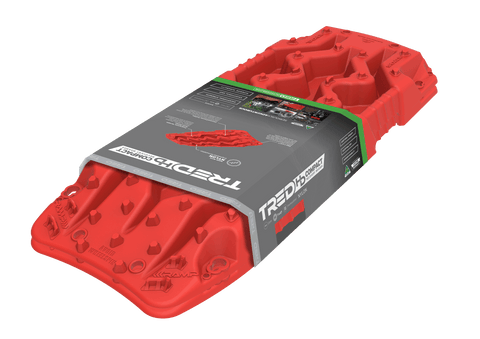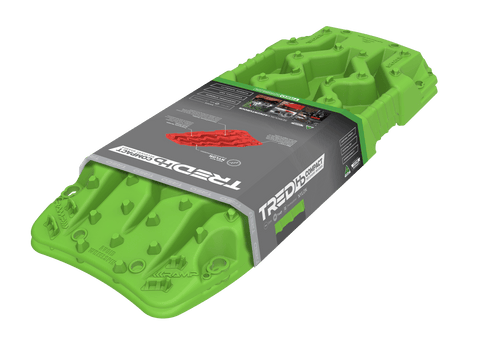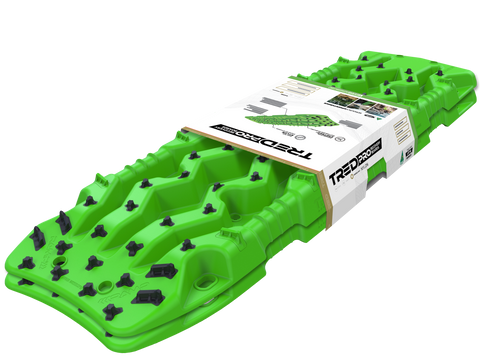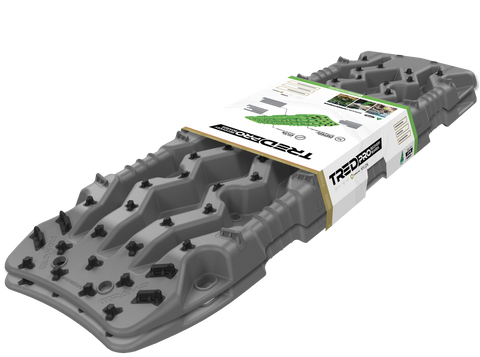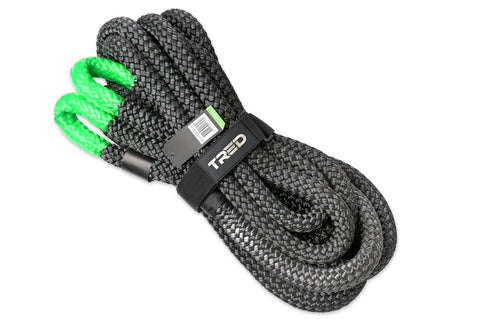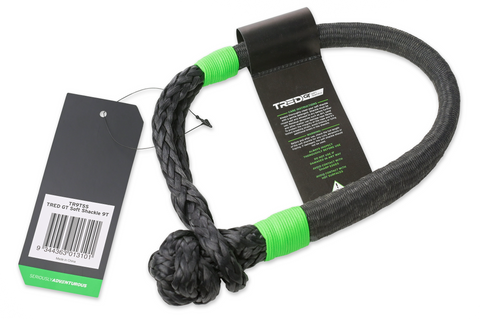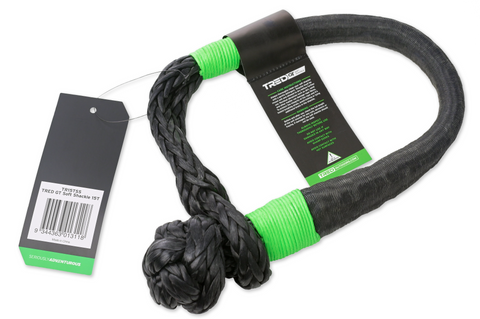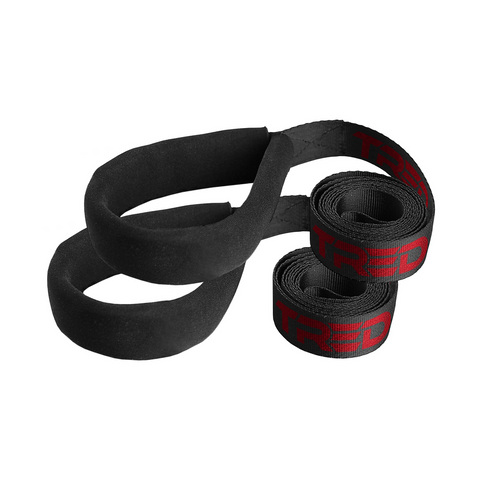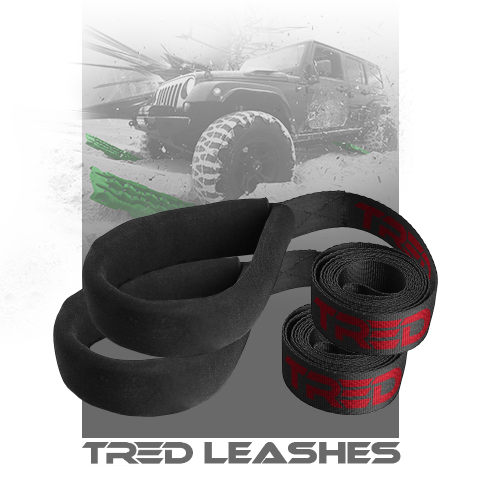Top Things to Avoid when You've Bogged Your 4WD
While we may not admit it, we’ve all been bogged before: wheel all spinning furiously but moving nowhere. Even those serious explorers will know what we’re talking about.
In most recovery situations, a trusty pair of TRED boards may be all you need. Ideally, we’d always have a set with us, but that’s not possible all the time.
Luckily, there is more than one way to skin a cat (or recover a vehicle).
So, if you ever find yourself in this position, here are our top things to avoid while bogged:
Panicking
Yes, we understand that “don’t panic” is often easier said than done but hear us out.
Panicking can cause you to make rash decisions, which may make your situation worse. Even if you feel under pressure to get going quickly, it’s often best to take some time to get out of your vehicle and assess the situation.
Consider the following:
- How did you get in this situation?
- Are your passengers safe?
- What equipment do I need to solve this problem?
Accelerating
If we first experience a loss of traction, our first response can often be to put our foot to the pedal and try to accelerate out of there. But, if you’re accelerating but not going anywhere, you’re bogged – plain and simple.
Accelerating while bogged will only make the situation worse, as your spinning wheels essentially dig a deeper hole.
High tyre pressure
Being an Australian company, we understand that the beach is one of the most common places to get bogged. This is often the result of inexperienced drivers not releasing enough air out of their tyres – if at all.
The general rule is that the softer the sand, the more air you need to let out. For soft sand, you can easily go down to around 15 psi – but this can also depend on your vehicle and tyres. It is also important to note, that you need to adjust your driving to the reduced tyre pressures. You do not want to go at high speeds, make sharp turns etc. Having the ability to inflate and deflate your tyres on a track is a valuable thing.
If you aren’t sure, we recommend visiting your mechanic or tyre shop and getting specialised advice.
Not creating traction
If only there was a cutting-edge personal recovery device that you can keep in your car for just these situations?
Look, realistically, you may not always have your TRED GT boards handy; you may have lent your boards to someone else, or maybe you’re not in your usual vehicle.
Whatever the reason, if you don’t have recovery boards with you, it is still important you create traction for your tyres.
First, try and dig out some of the sand, mud or snow from in front of the tyres..
Look around you for things to use to build traction. Rocks are better than wood, and sometimes a small fist-sized rock that’s well placed can be the difference between getting out or not.
Of course, this is where TRED’s really do excel with the all in one design - shovel and traction.
Performing dangerous recoveries

Some recovery methods are more dangerous than others. One of the more common (and potentially dangerous) recovery methods is the use of snatch straps/ropes.
Snatch straps/ropes work by stretching up to 30% in length when pulled. Unlike the jarring yank of a chain or normal tow rope, a snatch strap builds up energy and releases it more gently. This allows the recovery vehicle to get a bit of a run-up and creates a snatching effect.
Snatch strap recoveries can be very dangerous. If anything breaks during a snatch recovery, the object will flick through the air at frightening speed – essentially turning into a small (and potentially lethal) cannonball.
That’s why you should never attempt a snatch recovery using the tow ball. Tow balls are designed for towing, not for the extreme pressure of a 4wd recovery. Trust us – there's nothing scarier than the thought of a ball of hard steel hurtling through the air.
Put simply, only attempt a recovery if you are experienced, have the right gear, rated recovery points fitted and feel confident in your abilities. Otherwise, it may be best to wait for help.
Being afraid to ask for help

Yes – we do realise that pride comes into play when asking for help. Despite this, there will come a time for all of us where we need to call and ask for assistance.
An extra set of hands to help with pushing your vehicle, or even having a friend with the right equipment, could be the difference between getting your car unstuck or not.
And remember – we've all been there before.
Most people out on the tracks are all there to have fun and we often find they are more than happy to lend a friendly hand to a fellow traveller.
Being unprepared

You know what they say - “if you stay ready, you don’t have to get ready”.
This applies to being safe on the road. In short, being prepared is the best way to prevent being bogged.
Alongside your TRED recovery boards, you should also try to make sure your vehicle has the following:
- Extra shovels (although, TREDs do double as shovels)
- Snatch straps/ropes
- Shackles
- Recovery points
- Safety Gear such as a dampener
- Vehicle Jack
- Tyre inflation and deflation items
- Communication equipment
- Your mates
Our recommendation?
At the end of the day, getting bogged is bound to happen to any explorer; it just comes with the territory. Understanding how best to recover from these situations — efficiently and safely — will be the difference between spending your day exploring or digging around in the dirt.



